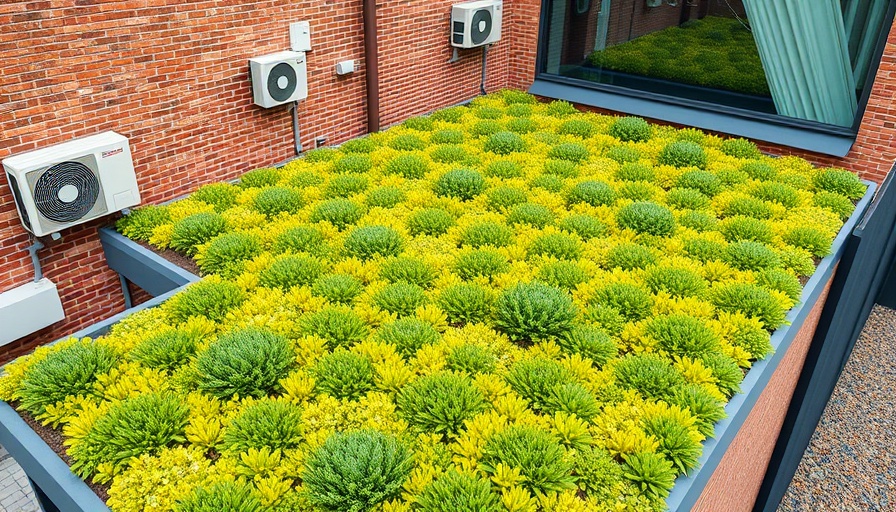
The Rise of Sedum Roofs: A Sustainable Choice for 2025
As we step into 2025, the demand for sustainable building practices has never been higher, particularly with the increasing focus on climate change and environmental awareness. One such innovative solution is the sedum roof—an ecological option that enhances biodiversity while providing myriad benefits to urban infrastructure.
Understanding the Benefits of a Sedum Roof
Installing a sedum roof not only improves the aesthetic appeal of a building but also serves multiple functional purposes. These roofs provide a natural insulation layer, contributing to the cooling of buildings during warm seasons and reducing energy costs. Moreover, they act as a buffer during heavy rainfall, absorbing excess water and decreasing the risk of flooding—a crucial feature as we face more severe weather patterns.
Crucial Considerations Before Installation
Before embarking on the journey of installing a sedum roof, there are several key aspects you need to take into account to ensure success:
Assessing Structural Capacity
One of the first steps is to evaluate the load-bearing capacity of the existing roof structure. A lightweight sedum roof can weigh around 40 kg per square meter when saturated, whereas heavier systems can exceed 70 kg. It's vital to consult a qualified structural engineer to ascertain that the building can safely support this additional weight.
Condition of the Existing Roofing Materials
It is essential that the existing roof is in good condition and ideally composed of materials that can withstand root penetration and moisture. Common choices include EPDM rubber or modified bitumen layers designed to resist roots. If the current roofing is over 10-15 years old, it may be prudent to replace it to avoid leaks and extend the overall roof life.
Water Management Strategies
With the rise in extreme precipitation, effective water management systems are non-negotiable. Ensuring adequate drainage to avoid water accumulation is vital for the longevity of the sedum roof. Additionally, some systems come equipped with features like water retention capabilities to manage stormwater efficiently.
Supplemental Irrigation During Drought
As climate change leads to longer dry spells, it’s crucial to implement an irrigation strategy for your sedum roof. Although sedum plants are hardy, they may require assistance during prolonged dry periods, especially on sloped roofs. Consider installing drip irrigation systems or designing access for manual watering to keep your vegetation healthy.
Long-term Maintenance and Care
While sedum roofs are relatively low-maintenance, regular upkeep is necessary. Ideally, you should check the roof once or twice a year to remove any invasive weeds and ensure the drainage system remains clear. A little attention goes a long way in preserving the condition and effectiveness of your green roof, allowing you to enjoy the benefits for many years.
Embracing the Green Roof Movement
Community awareness and interest in green roofs are steadily increasing, highlighting a trend towards sustainability in urban planning. Local governments are now offering incentives and assistance for green roof installations, recognizing their potential to mitigate urban heat islands and improve air quality. This progressive attitude marks a significant step towards a sustainable future.
Future Trends in Sustainable Architecture
Looking ahead, the evolution of building materials and techniques suggests that sedum roofs will play a vital role in the future of urban development. As technology progresses, integrating green solutions with smart building systems will become commonplace, paving the way for more eco-conscious living environments.
Conclusion: Join the Movement
For those looking to make a meaningful impact on their environment, investing in a sedum roof could be the perfect solution. These roofs not only contribute to sustainability but also enhance property values and comfort. As we move forward, consider making the change—research, talk to professionals, and explore ways to incorporate sedum roofing in your next project. Together, we can work towards a greener, more sustainable future.
 Rij toevoegen
Rij toevoegen






Write A Comment